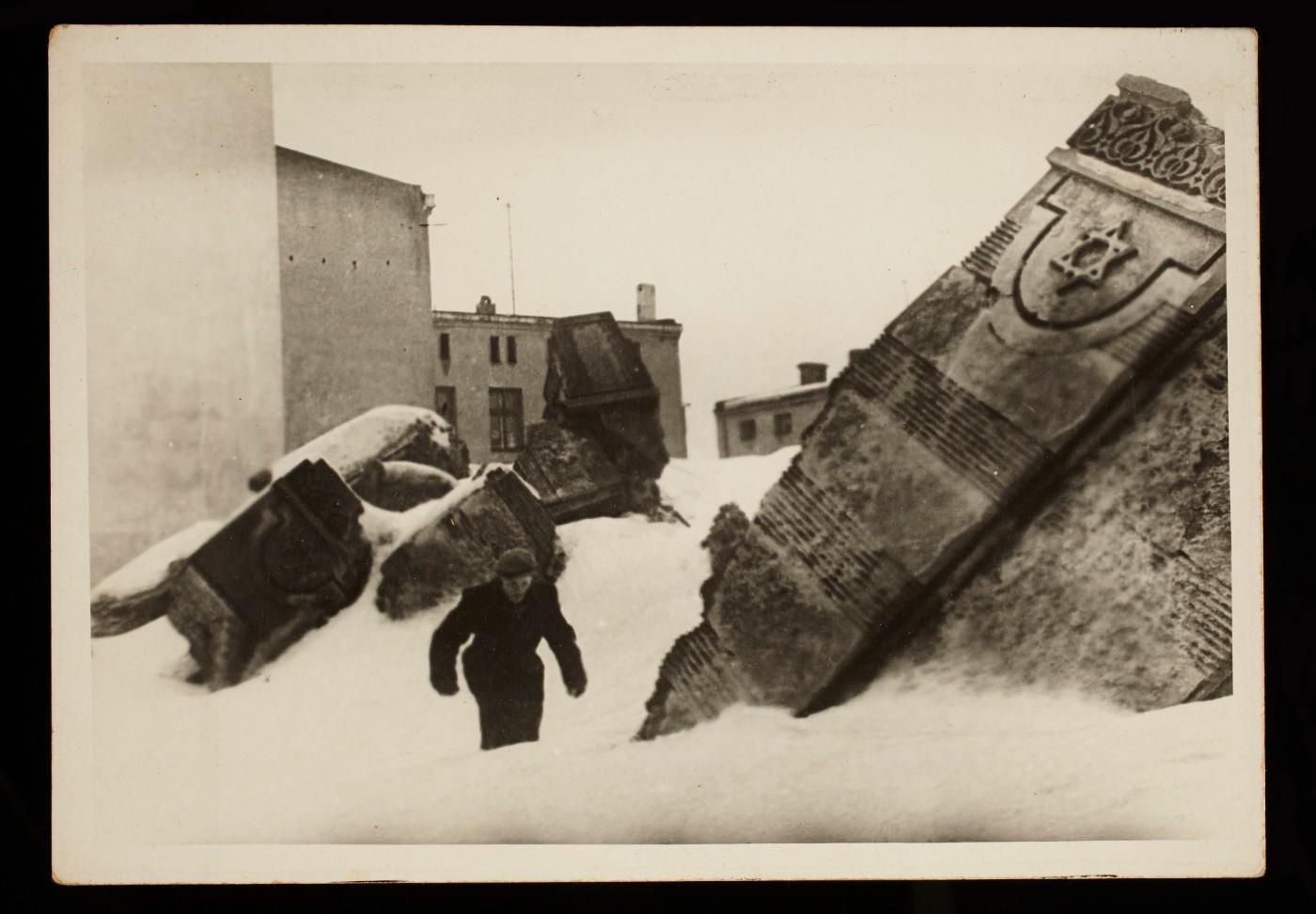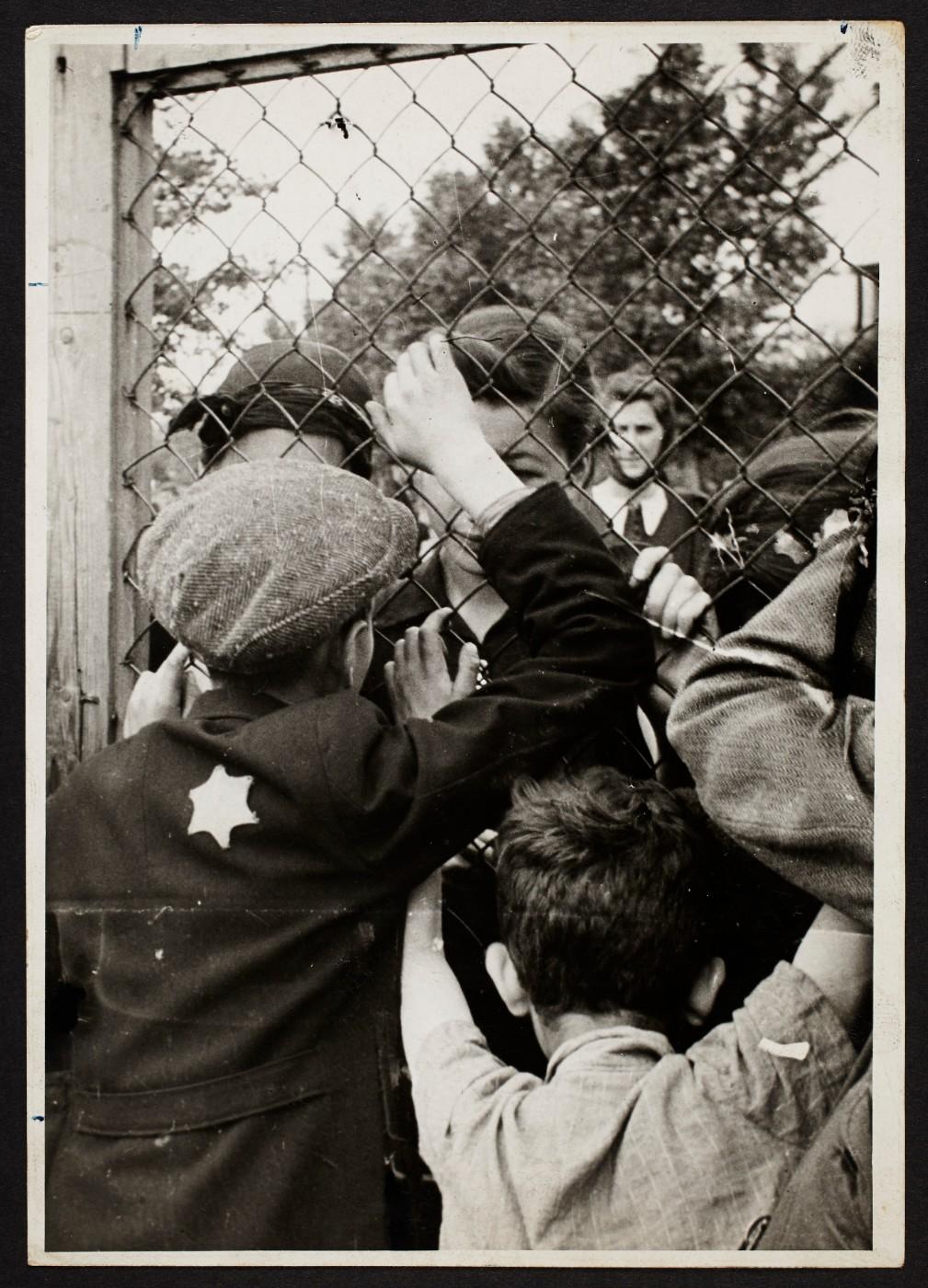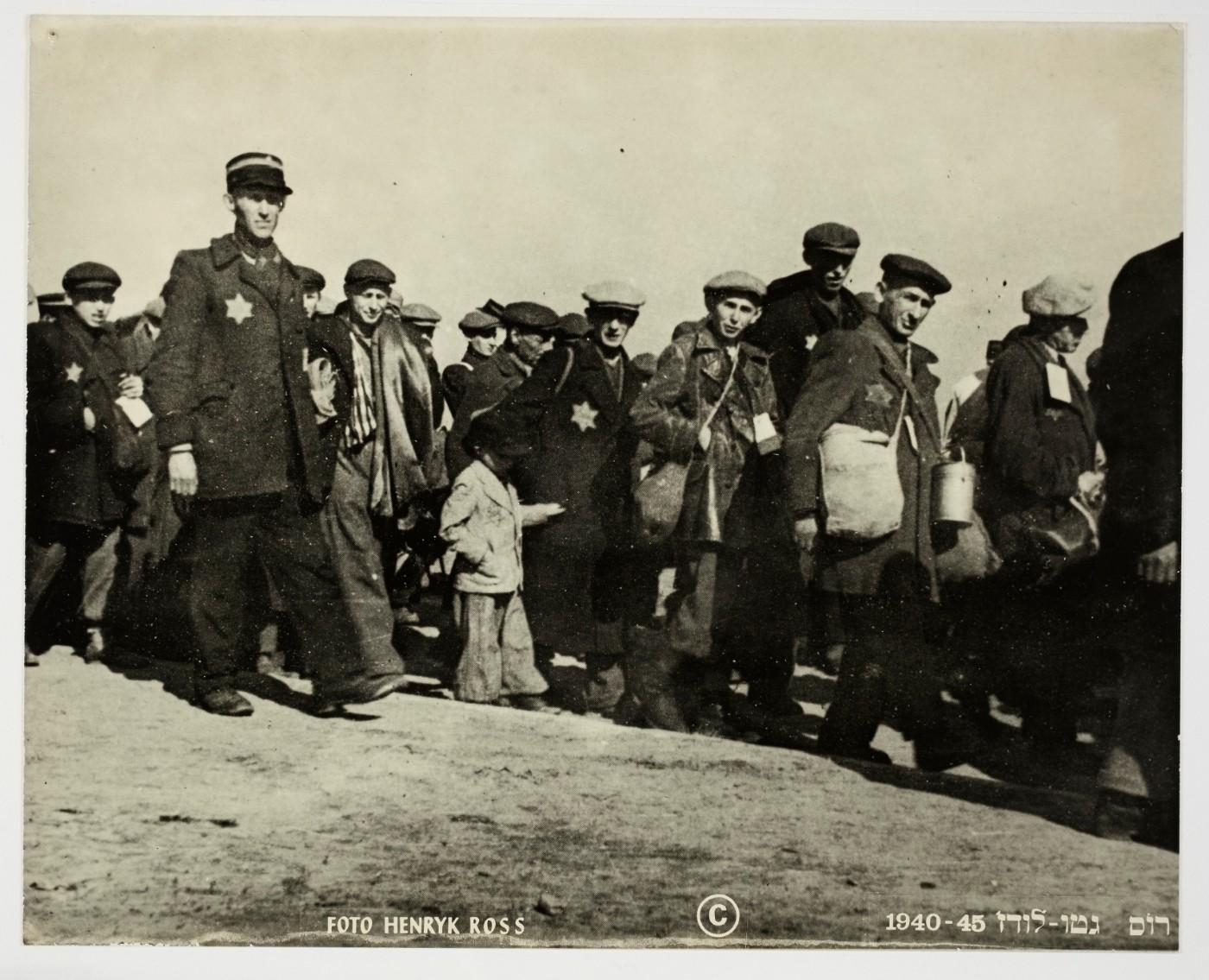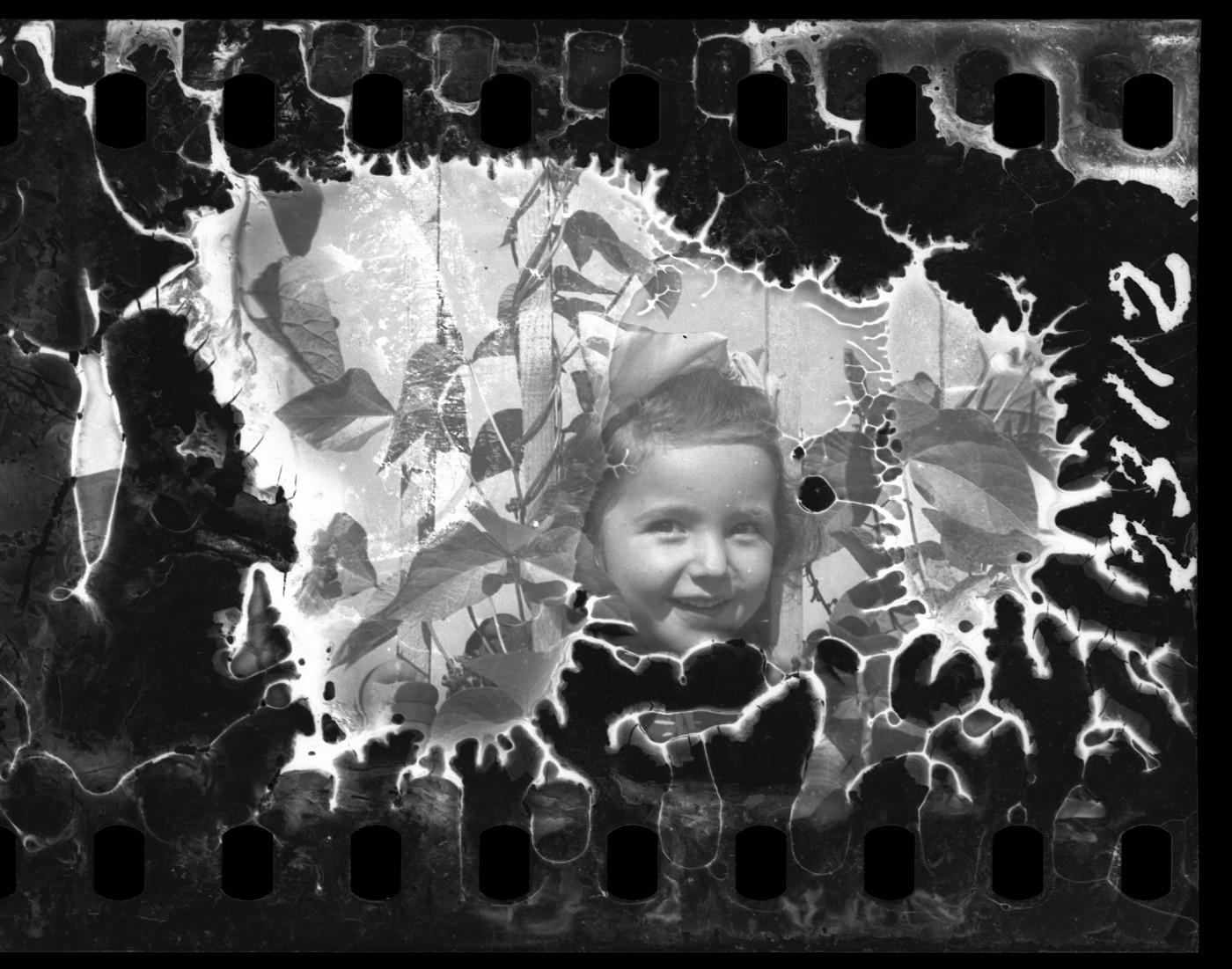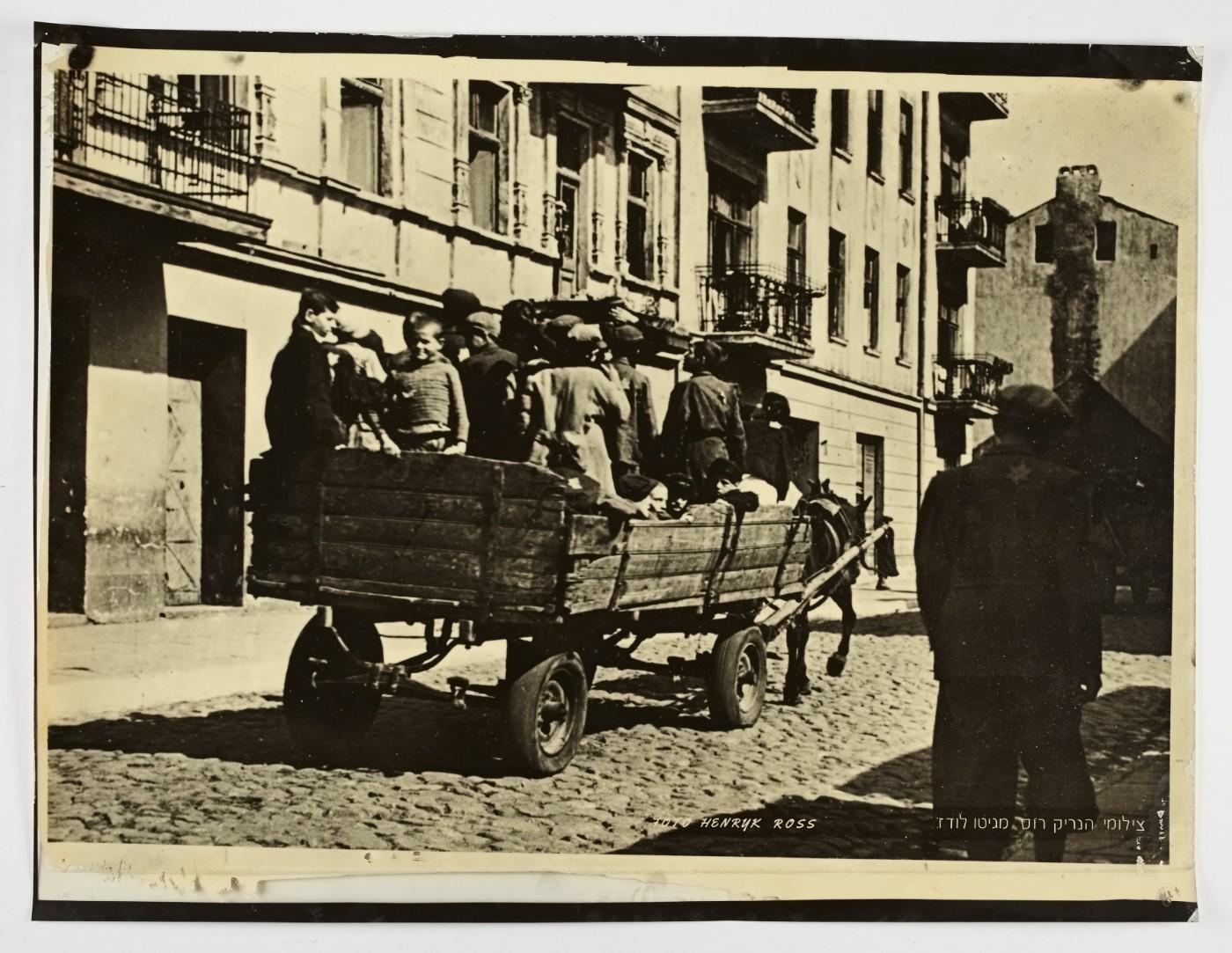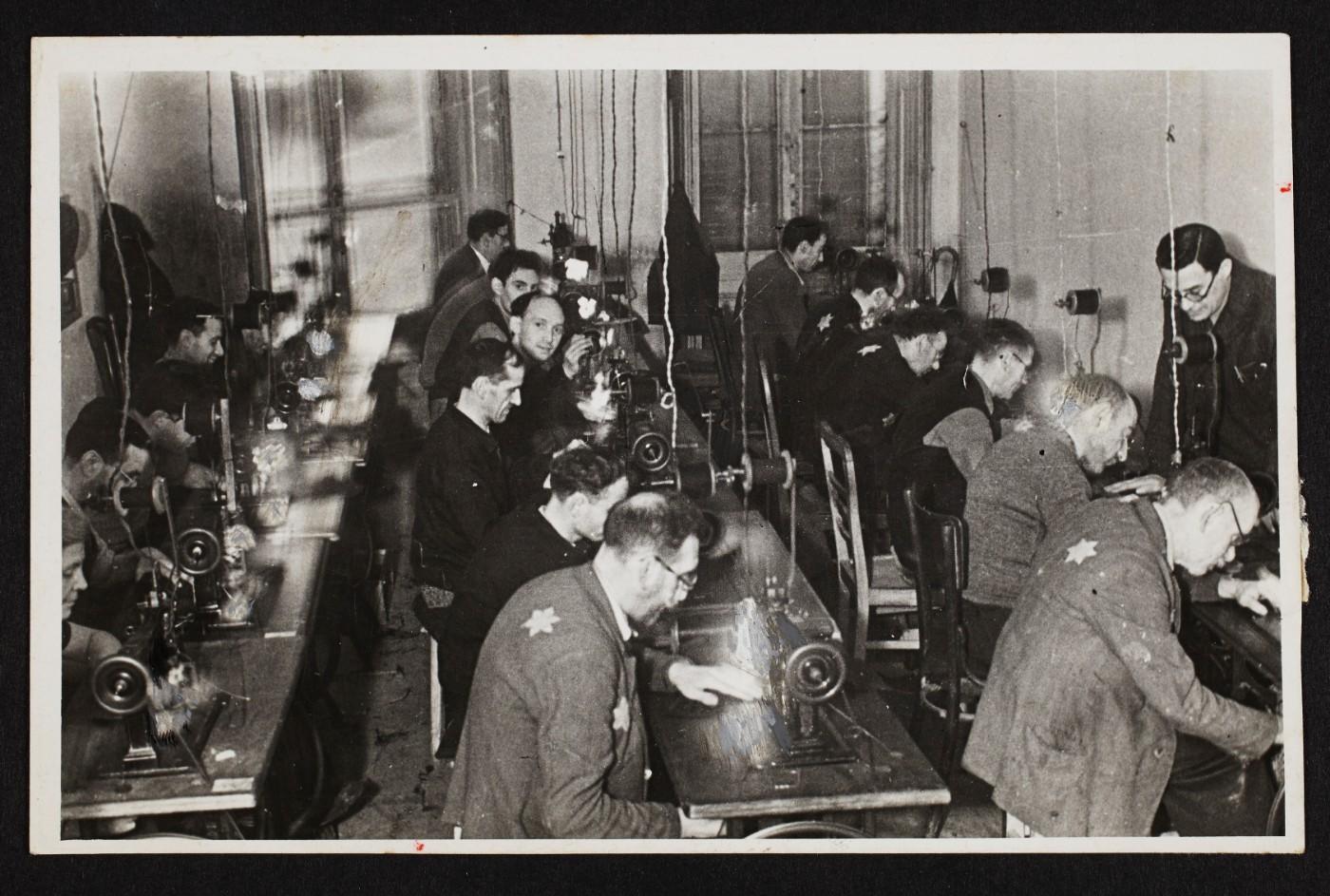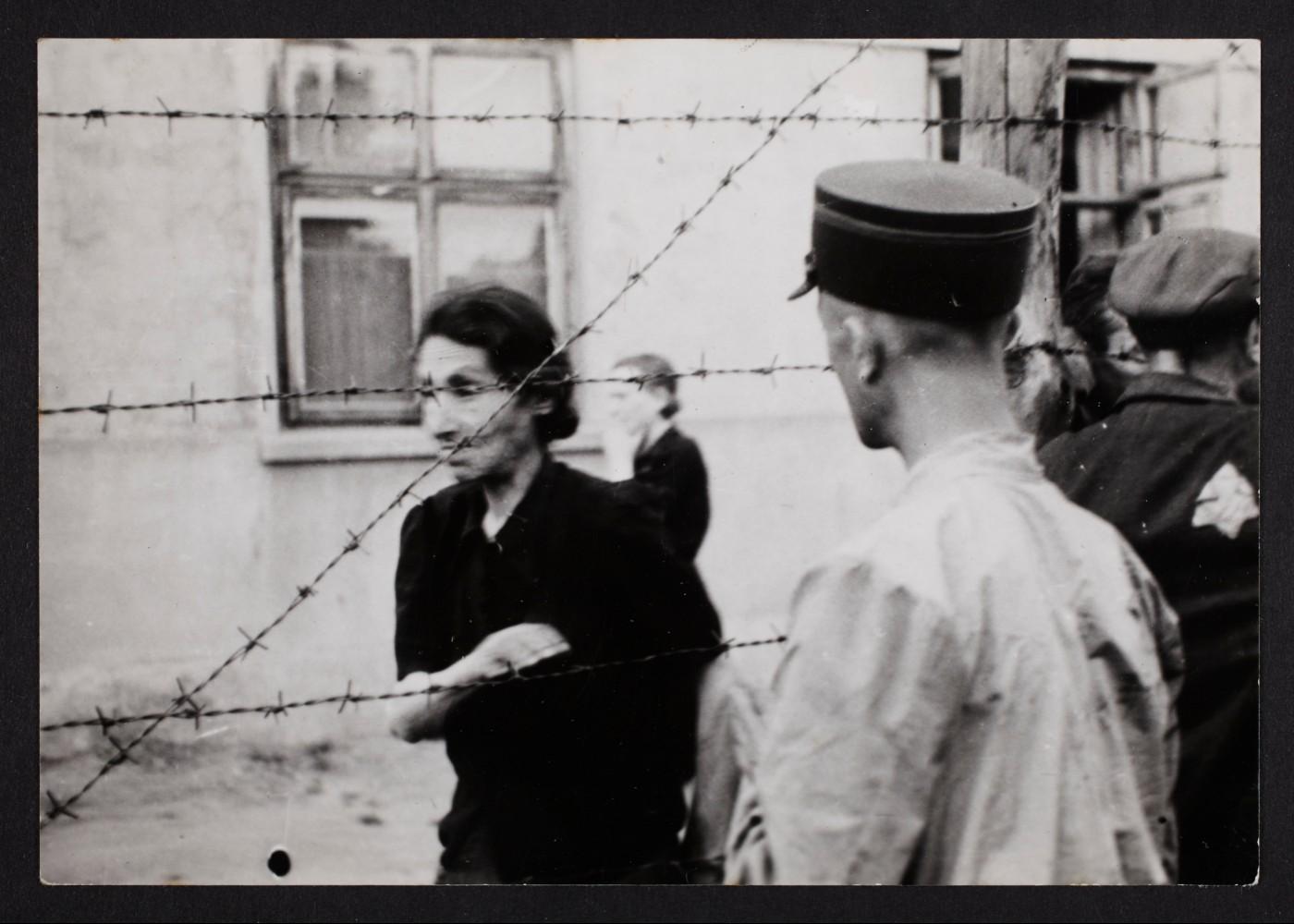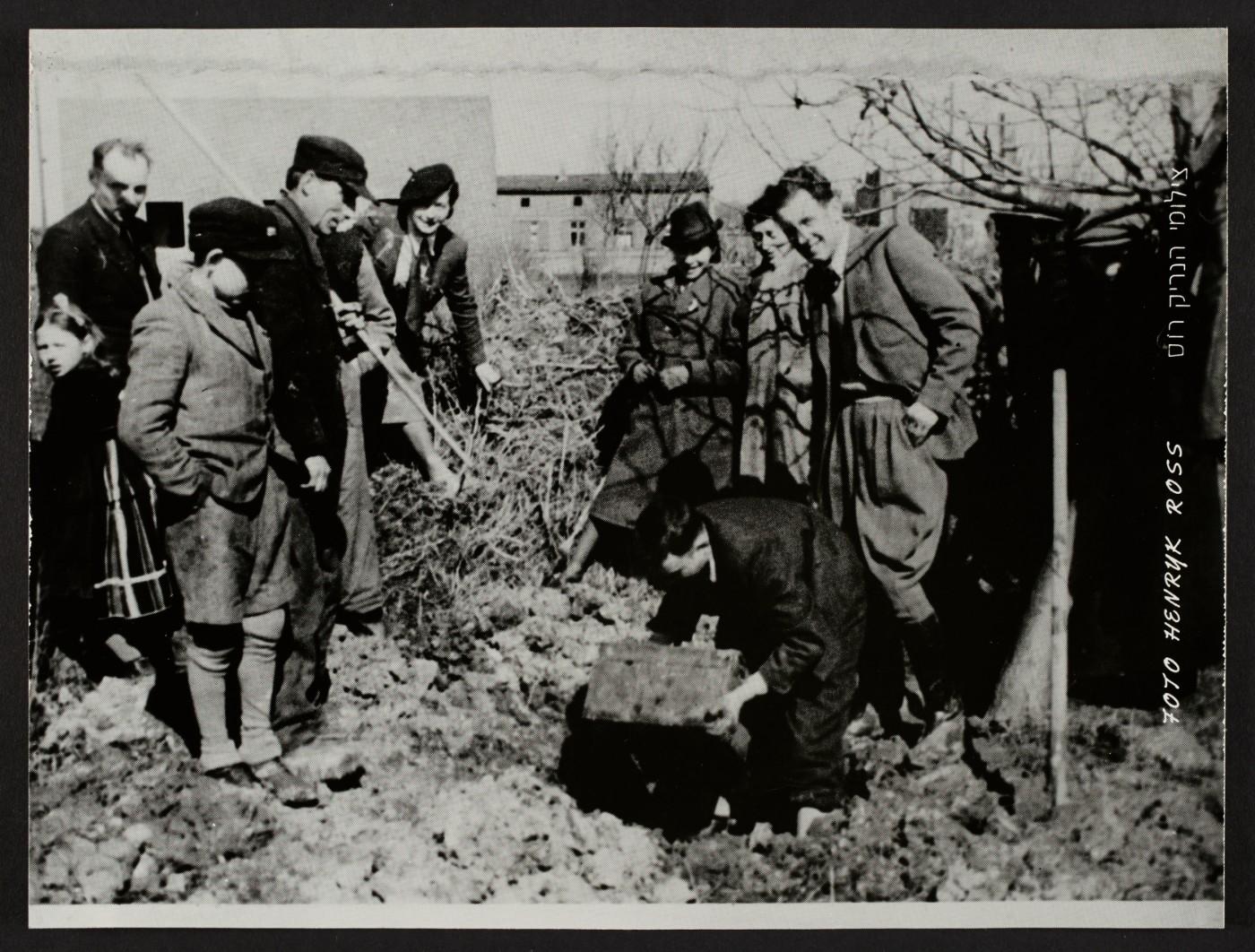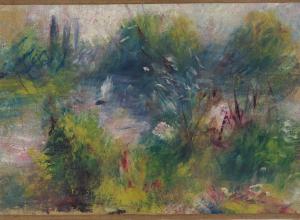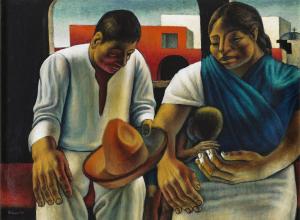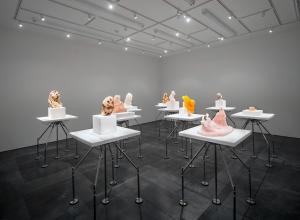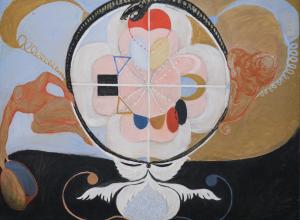Offering rare and intimate portraits of life in a World War II ghetto, the photographic exhibition Memory Unearthed recently opened at the Portland Art Museum. The exhibition presents more than 100 photographs taken between 1940 and 1944 by the Warsaw-born Jewish photographer Henryk Ross (1910-1991).
During the Second World War, Ross worked as a photo-reporter for the Judenrat, the German-imposed council that represented the Jewish community in the occupied ghetto of the city of Lodz. Lodz had the second largest ghetto in Poland after Warsaw and during the war it hosted between 160,000 to 200,000 people. As part of his duties, Ross photographed the residents of the ghetto for identification and propaganda purposes in order to show the productivity of the Jewish workers. Dreading that the Jewish community and himself would not survive the war, Ross decided to employ his photographic talent to secretly record the daily lives of the people in the ghetto and the atrocities they had to endure. His photographs captured a variety of moments: from the tragedy of deportations to Auschwitz-Birkenau to festive occasions.




